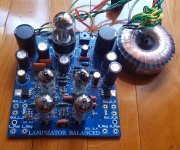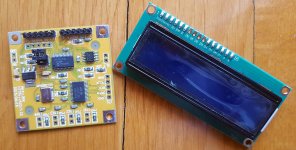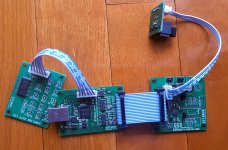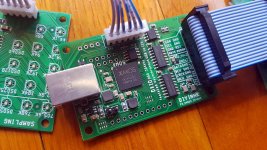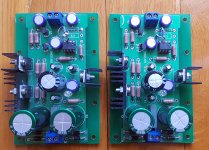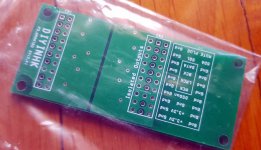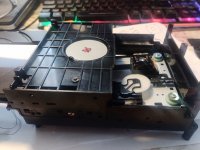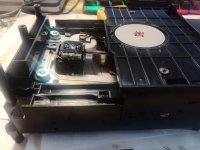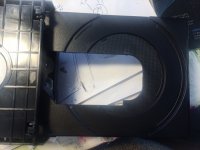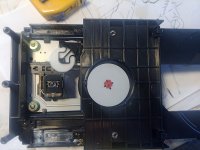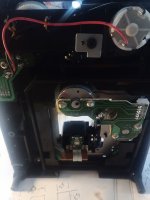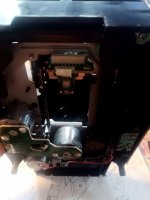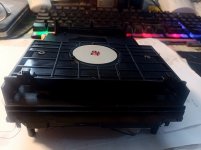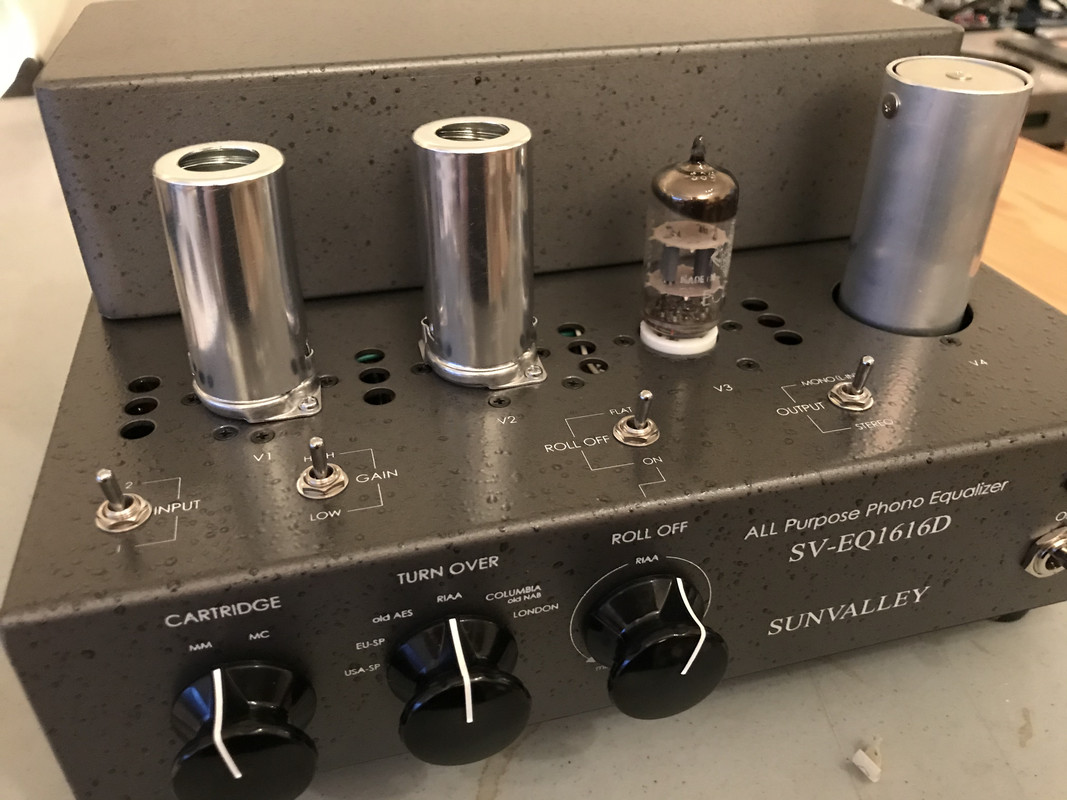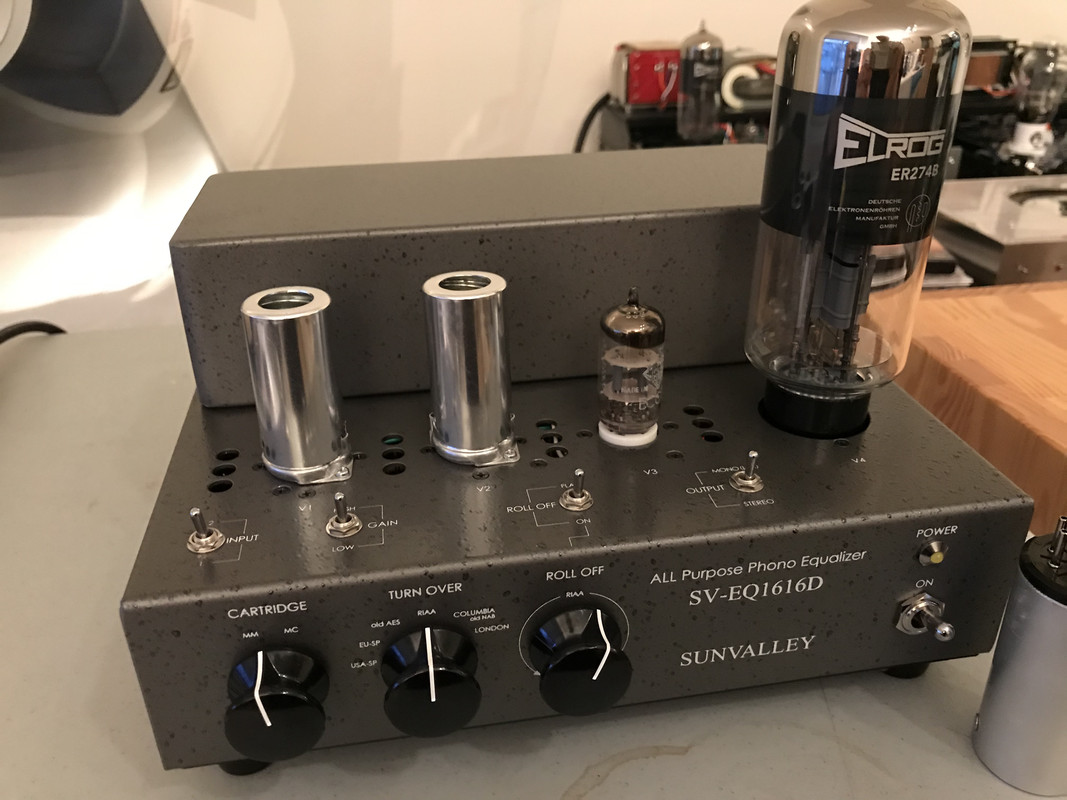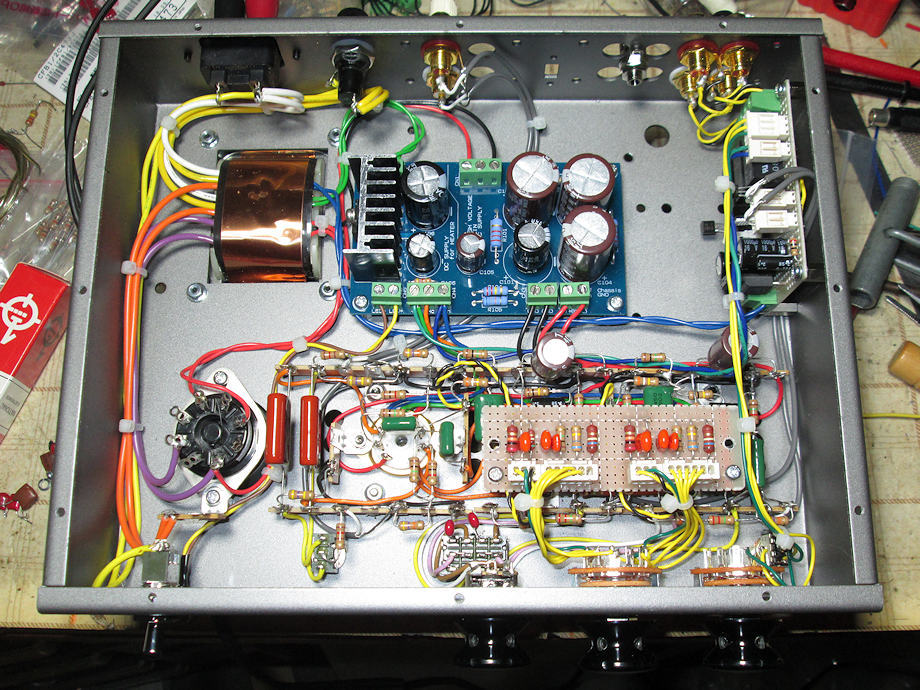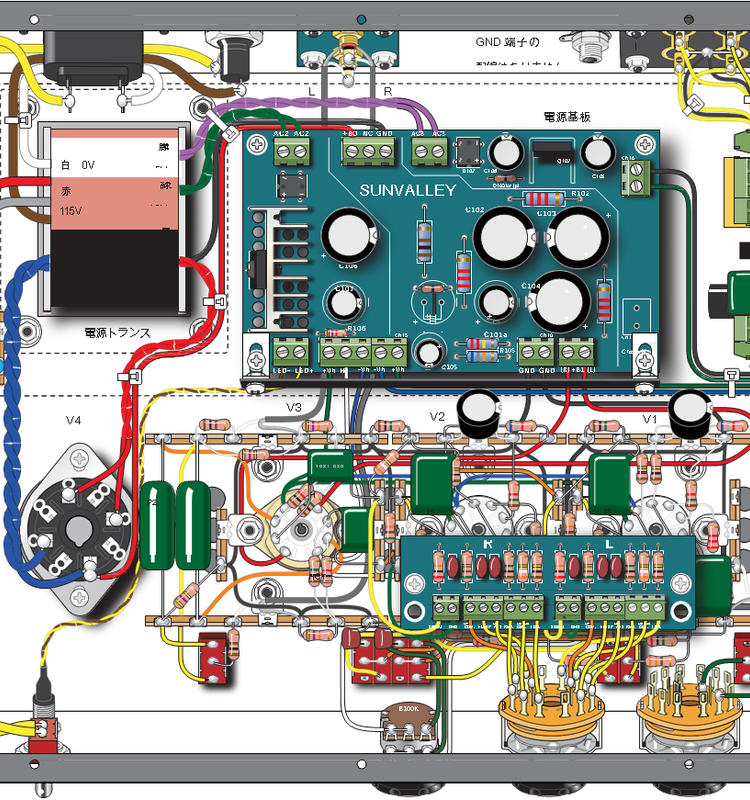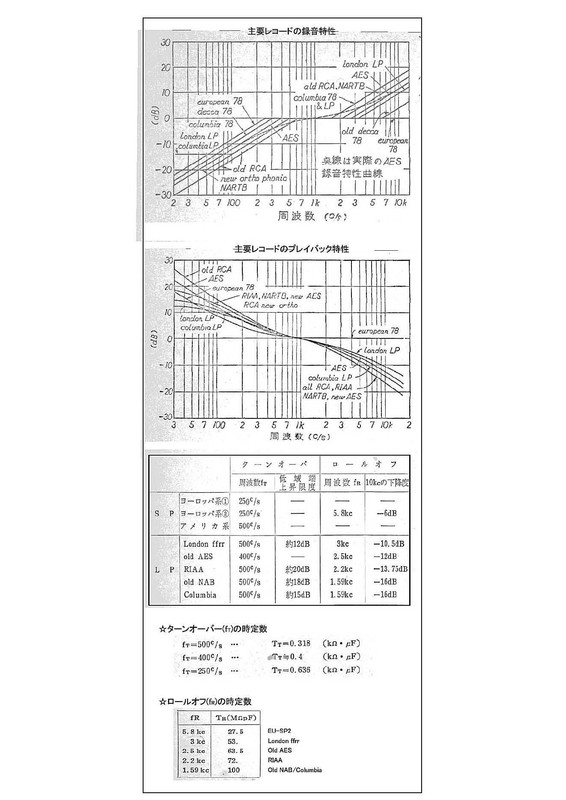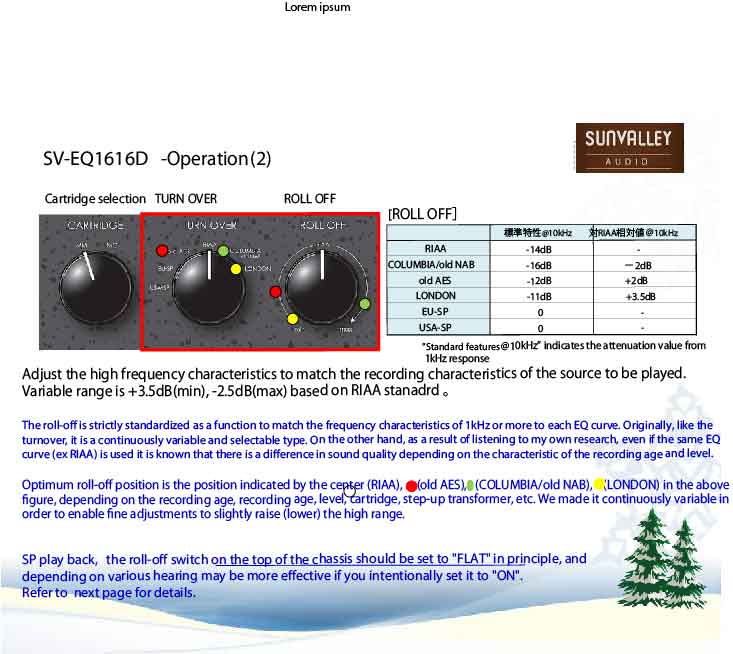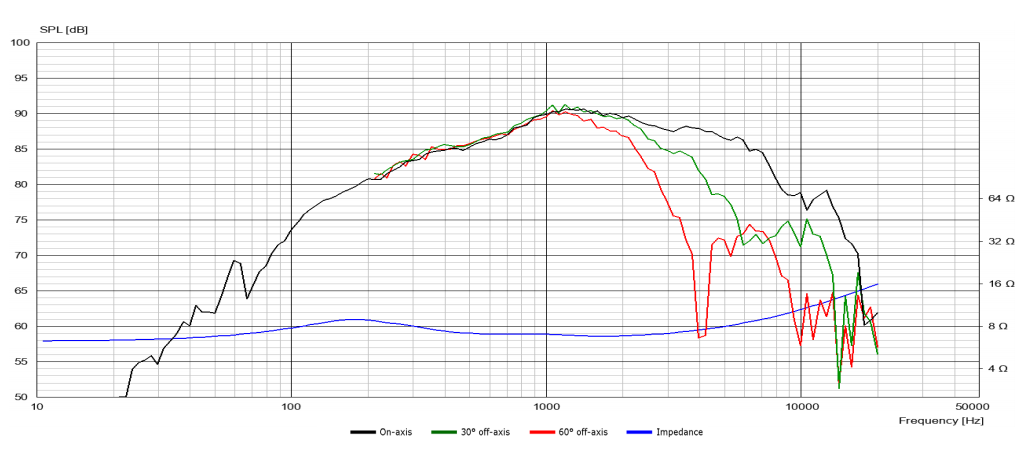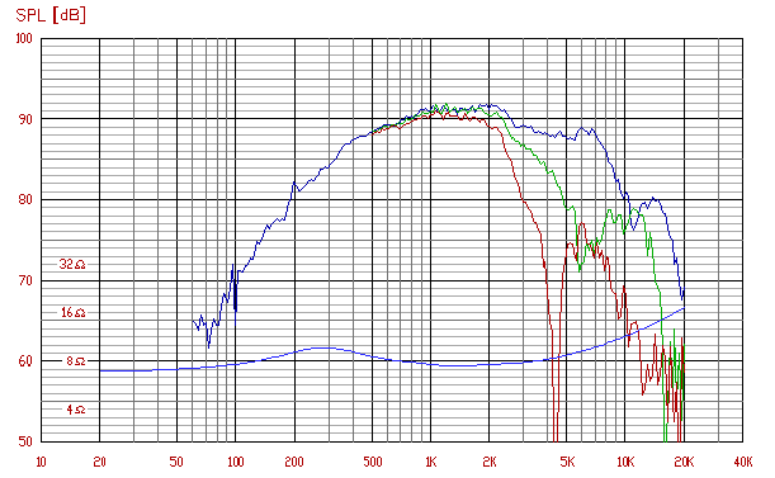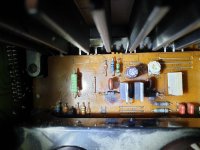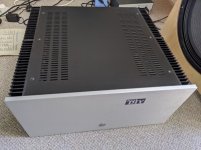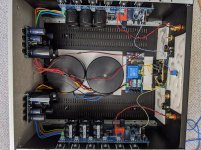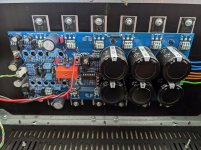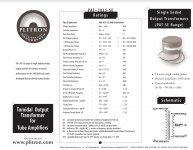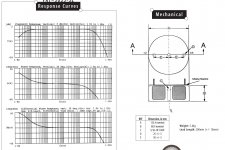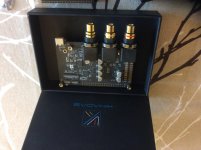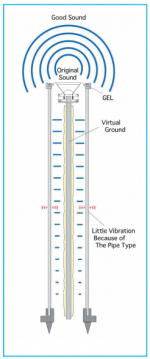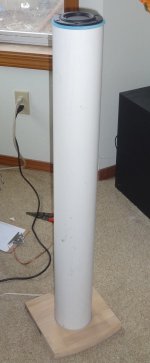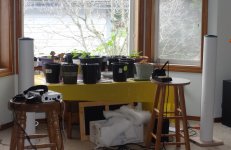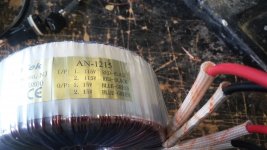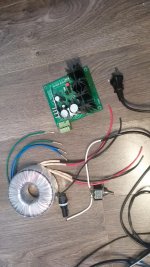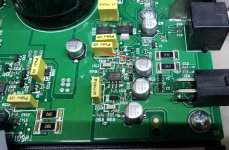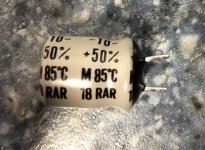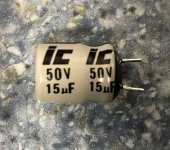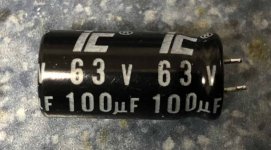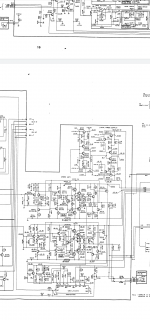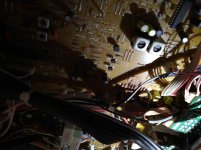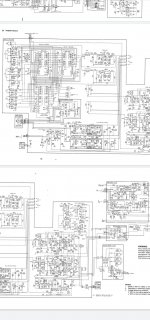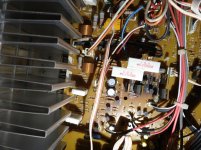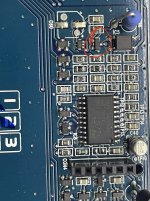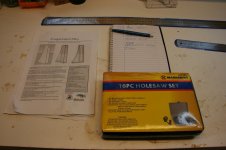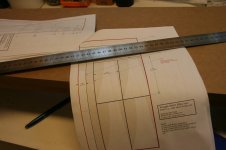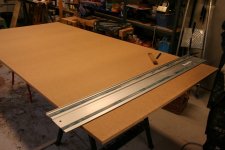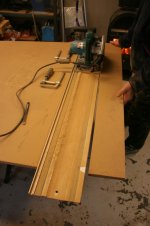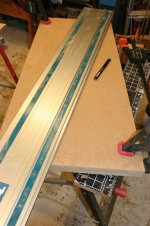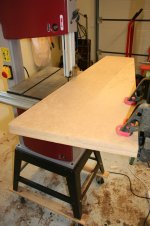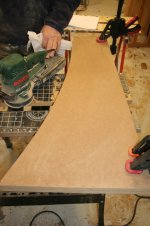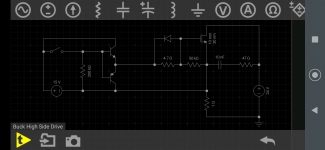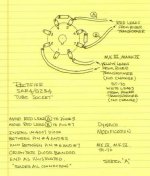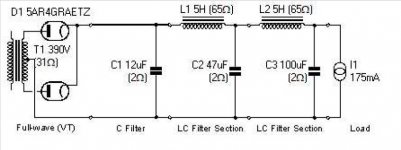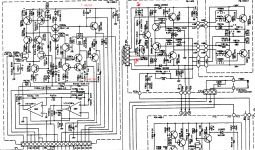The story of how I built my speakers.
I wrote this years ago when I had just finished the speakers. Please note that the original intended audience was not DIY experts on a forum like this but rather the general public. This is why some of the explanations are on a basic level.
This story like so many others, starts in a pub.
Me Dizzey and Sirf were out eating dinner at one of the up and coming places in my home town.
This particular establishment was a rock pub that sometimes featured bands live on a large stage.
We had seats in front of the empty stage. The entrecôte I had ordered was excellent.
Mostly for the sides that I hadn't had before. As we were eating, we spoke about speakers and music. Dizzey had read up on speakers. He was looking to get a proper Hi-Fi system for his apartment. He had been slightly snubbed in one of the local stores and had read up on building his own speakers. Dizzey is like that. Once he gets an idea he will read up on it properly and really dig into it.
When I got home I started browsing the net for DIY Speakers. Many of them featured several drivers and crossovers. The wood working required precision as well. That worried me less since at this point.
One of the speaker designs I started looking at was Jim Holtz's Statements (
Statements).
This was one of the designs Dizzey had looked up. What made Dizzey interested in a DIY project was how much better stuff you could get for the same amount of money if you built them yourself.
Despite this, the Bill of Materials for "the Statements" speakers was over 700dollars. Which is a lot of money for an entry-level hobby project (which is what I was looking for). I started looking around a bit more seriously. I used three criteria in my search.
* First, I ignored anything not cost-effective enough. I cared little for things made of Moonstone or martian red stand.
* Secondly, I ignored speakers lacking plans or having bad plans.
* And third, I wanted something people had tested and tried. Preferably less zealous people with well-formed opinions.
Regarding electronics, the crossovers were often quite expensive and fiddly to construct.
I more and more started overlooking designs with complex crossovers since I hadn't held a soldering iron for 20 years.
The number of speaker designs I found was still large. Although many of them were tested and built to a lesser extent.
If you know me (which you probably don't), then you know I want something that stands out a little bit.
Eventually I started going through different horn designs. Full range drivers with fancy cabinets.
Full range drivers aim to play the entire sound spectra whereas regular drivers are targeted for a specific part of the sound spectra. For example tweeters are meant to play the higher frequencies, a bass driver aims to to play the very lowest. One of the main advantages of single driver horn designs (or transmission line speakers) is that such designs have no crossovers whatsoever. They often feature a single driver designed to play the entire spectrum and the cabinet is designed to use the full potential of the driver.
Many of the horn speakers would require a master carpenter. Despite this I kept looking at this type of design. Eventually I found a design that initially looked overly complex. It was called Frugel-Horn. The first images I had seen were of older versions of this design. The latest one was found on a slightly disorganized web page: Frugel-Horn Mk3 (
www.p10hifi.net/FH/downloads/frugel-hornMk3-1v0-250212.pdf url is now 404, missing)
The design was fully open source and one of its goals was to keep it simple and cost effective. It was designed around a 4 inch full range driver. The design seemed old and abandoned at first, but once I started checking around I changed my opinion. The design was 5-10 years old but it was still being built! The plans even had different sound proofing based on which of the recommended drivers you would choose. They looked more and more interesting. Calculations on how low they would go and what the different drivers would be good at were available.
The really interesting thing was the plethora of opinions about this speaker. Since the plans were readily available, many had built their own. Most of the opinions were quite well formed. They inspired confidence in the design. The original design document featured plans for both 15 and 18mm walls, with a few different views on baffle thickness.
My mind was made up! I wanted a pair of these; These really beautiful speakers that wouldn't look out of place in a fancy design studio. I started looking around for the drivers and they weren't that expensive. A pair of drivers were around 140 EUR. in addition I would need terminals, MDF board, sound insulation material, anti-vibration pads, screws, glue, wires, spackle and paint. One of the advantages of this design is that it had been designed to be cut out of a single sheet of MDF. So if you ordered a single sheet of 1220×2440mm MDF that would be enough for a pair.
I placed an order for a pair of drivers and started rifling through the vast amount of forum posts on these speakers. I was looking both for tips on construction as well as practical tips and coloring ideas. I had this idea to paint them with 2 component paint like on cars. I was thinking of either Satin black, Rosso Corsa (Ferrari red) or even white. You see, I wanted something with presence. Most of the people I found had technical questions, some had audio quality discussions. Some discussions focused on the need of thicker baffles (if you went with a thinner material like 15mm).
I had been talking to my dad during this investigation. He is skilled at carpentering and had promised to help me build them. He had advised me away from designs that would be difficult to construct with any finish. He liked the idea of the frugal horn speakers so I ordered a sheet of 19mm MDF 1220×2440mm delivered to his workshop where we would be constructing them. The delivery was almost as expensive as the sheet itself but since I was unable to pick it up myself it turned out to be a decent compromise.
2015-03-07.
We started constructing the speakers on a somewhat cold Saturday in early March. The plan was to work as much as we could during a first weekend and then plan for further work if needed. I could do the sanding, painting and finishing back in town. I had ordered a few extra items before we started: Hole saw, speaker terminals and two metallic rulers.
There were several suggested ways of cutting the sheet. We chose the following one.
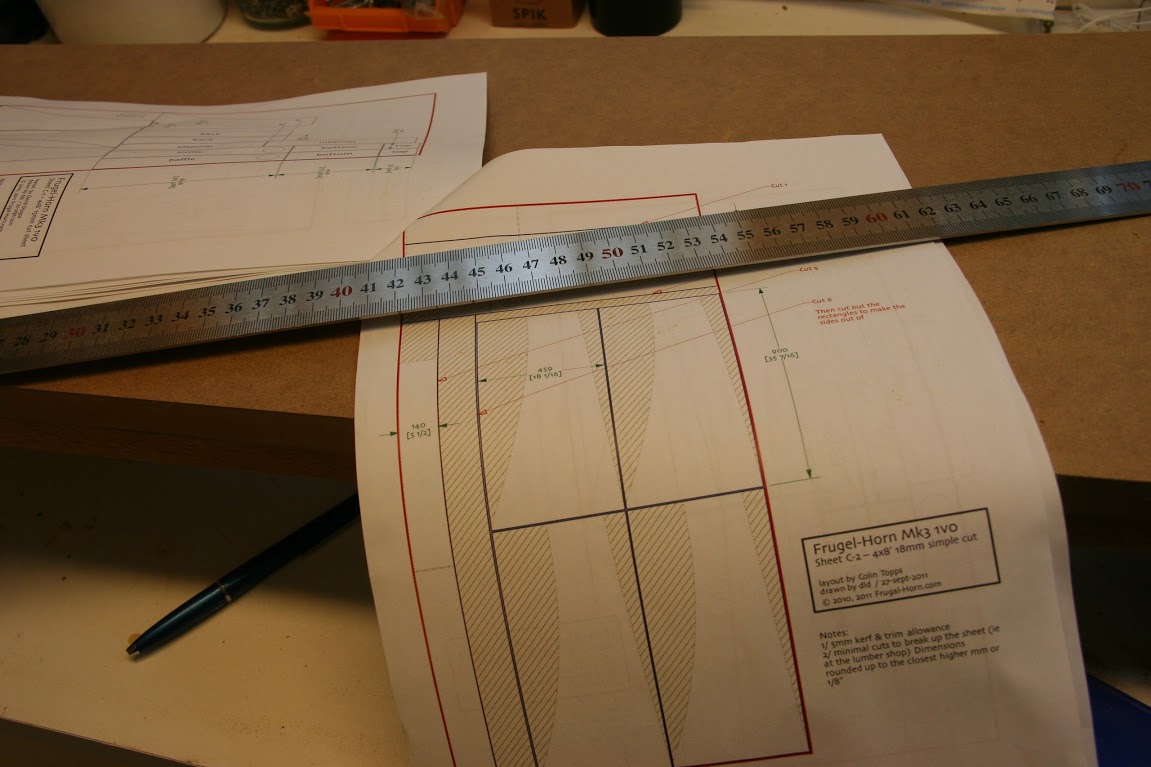
If you are to have any chance of nice cuts you will need a plunge saw. The plunge saw will ride along the ruler or guide and will give really nice cuts. We worked according to "Measure twice, cut once."; A mantra taught to me by Edd China of Discovery's Wheeler Dealers. An erroneous cut could put us out of business since we only had the one sheet of MDF. In fact much of the first day of construction was spent measuring and thinking. The plan is quite simple. Most parts will be 140mm (top, front, bottom and rear). The front of the speaker will lean back about 5degrees. This will affect many of the cuts. The really tricky part will be to create the sides. There is a long curved cut on the edge facing away from the front. This cut cannot be made with a plunge saw. Just drawing this cut will be a bit tricky. Also note that you will need to adapt the length of the parts if you use a non-standard material thickness. This is to keep inside of the horn within tolerance.
The very first cut:
https://www.diyaudio.com/forums/att...1543044217-frugal-horn-mk3-build-img_1679-jpg
We continued cutting out the side panels from the MDF sheet and eventually ended up with two sides which we clamped together. The idea was to cut them as a pair, thus having two equal sides.
This image shows how the rearwards facing edge will be cut.
Having done that cut we needed something to draw the curved edge. What we did was we used the long ruler. We held it in place at the edges and moved the mid point inwards. Thus creating a curved line to cut after. My dad had a band-saw in his workshop that would be ideal to to this cut. We followed up with some light sanding with a random orbit sander which left us with a smooth edge.
The second speaker had its side panels cut in the same way. On this speaker we drew the curved line before cutting off the superfluous material.
Having both of the sides panels for both of the speakers cut, we started working on the baffles. The MDF was really tough to make holes in using our hole saw. The hole saw we had did not have the exact size needed so we had to sand out the edge of the hole to tolerance. Eventually the driver fit. Having all parts for one speaker ready, we started preparing for gluing and screwing it together.

